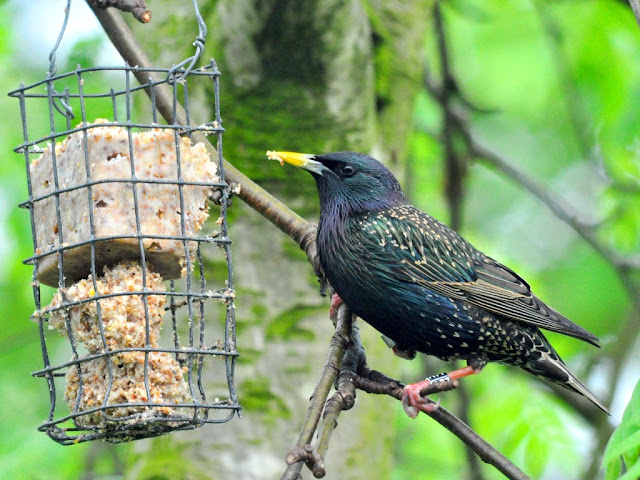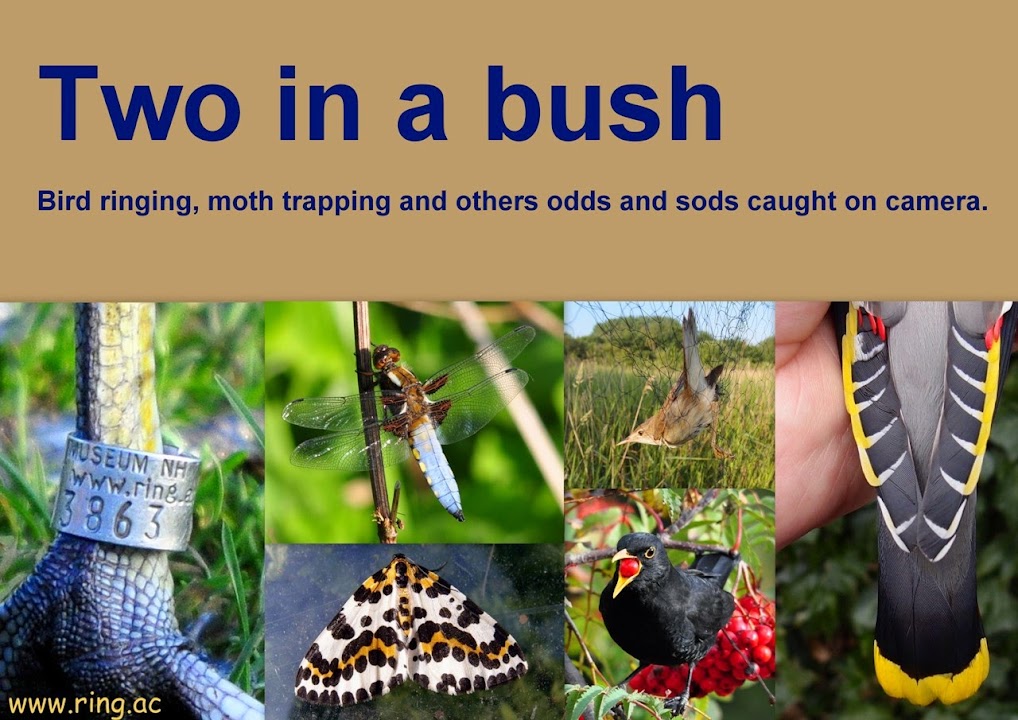| Juvenile Starling coming out of the trap that it was caught in just a day or two before. I catch Starlings using a very simple cage trap, operated by a pull cord, and this allows me to be highly selective. Once Starlings have been colour-ringed there is no need to recapture them so they are free to take advantage of the food in the trap as often as they like and a great many do. This has the advantage of attracting unringed birds into the trap which I usually manage to catch without retrapping any previously ringed birds. |









No comments:
Post a Comment